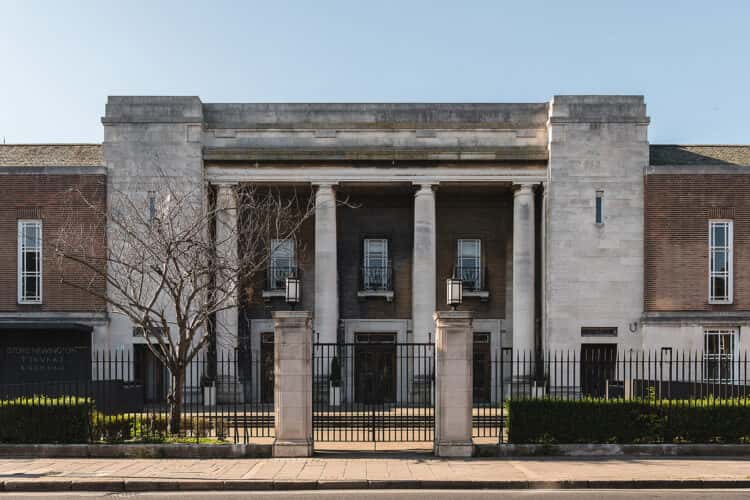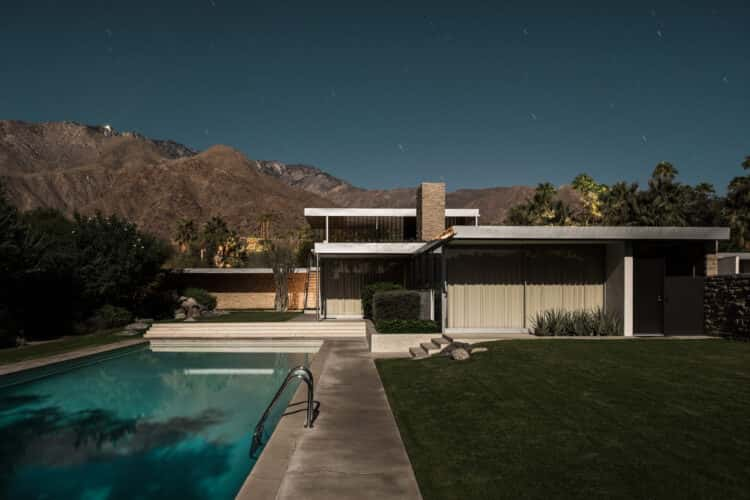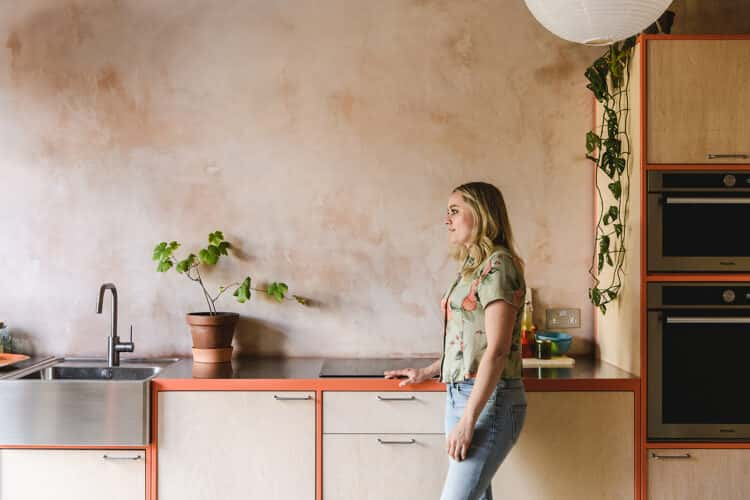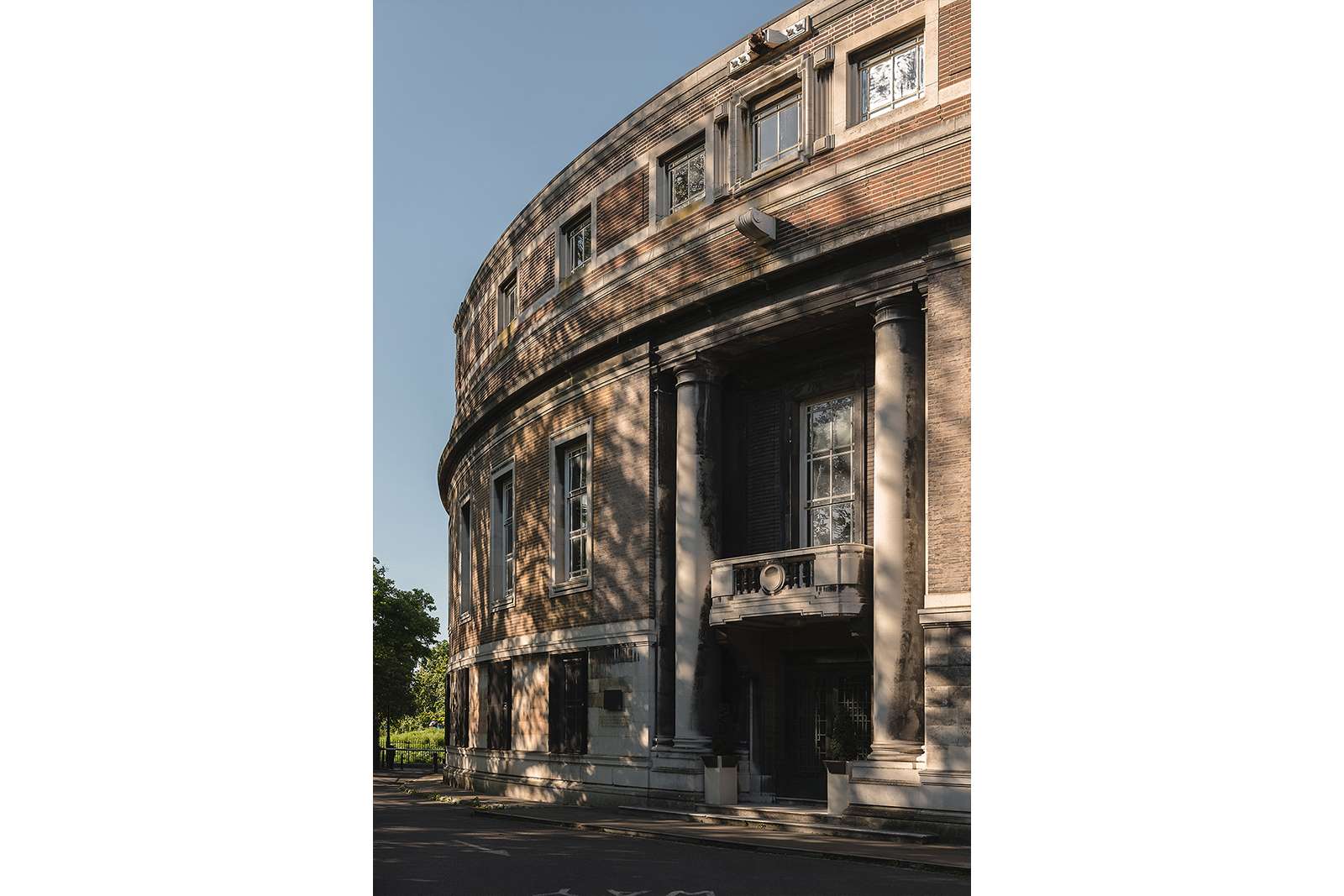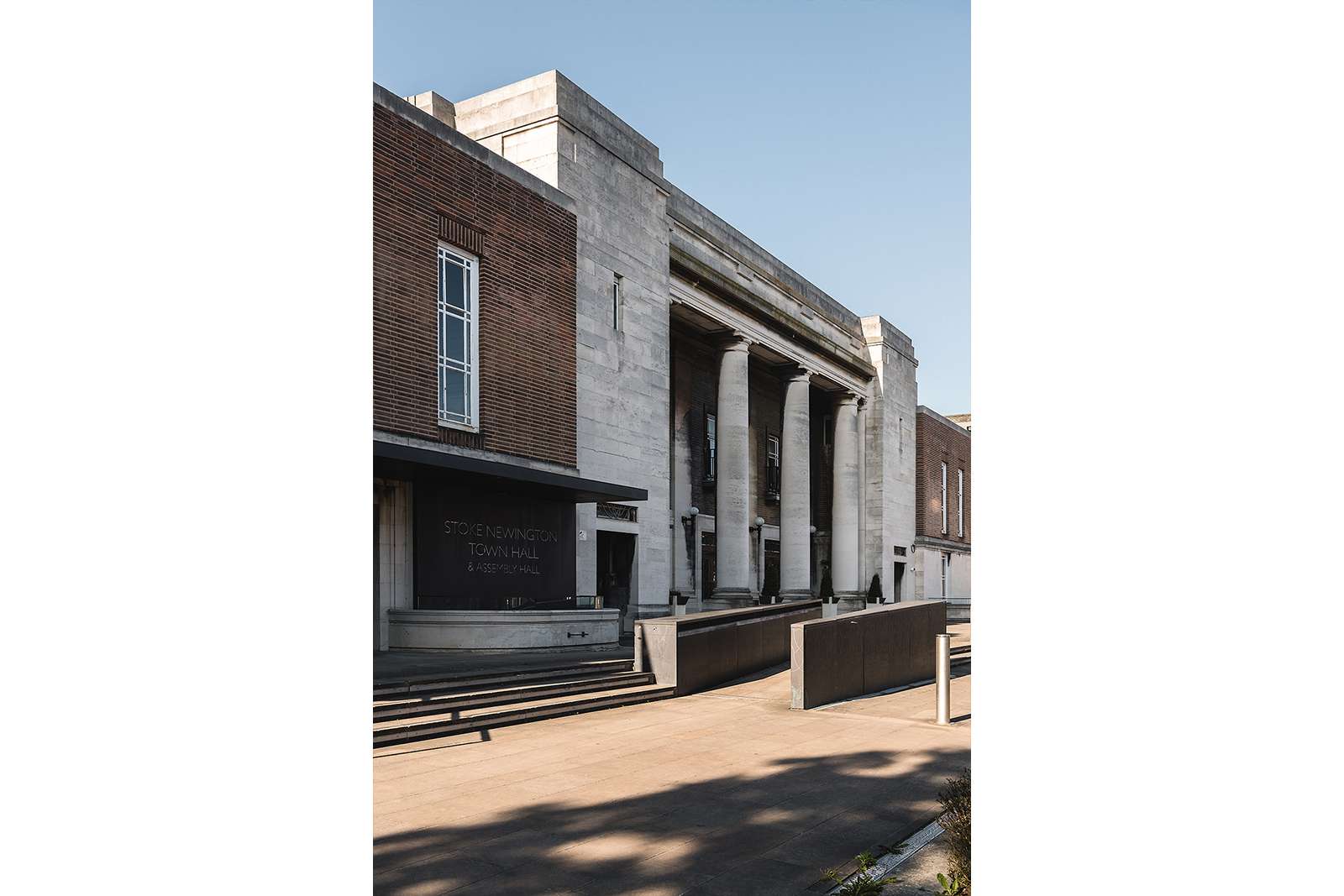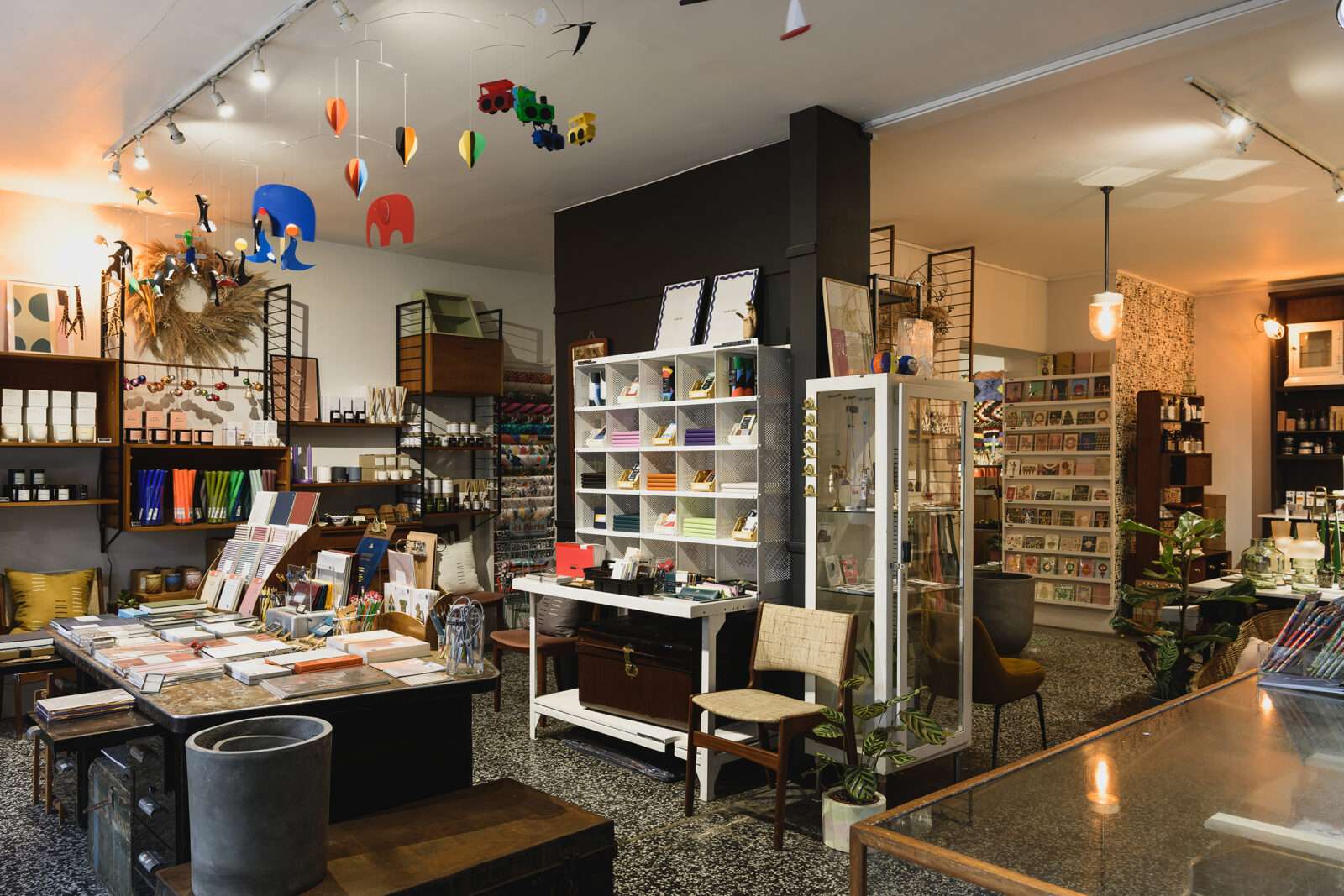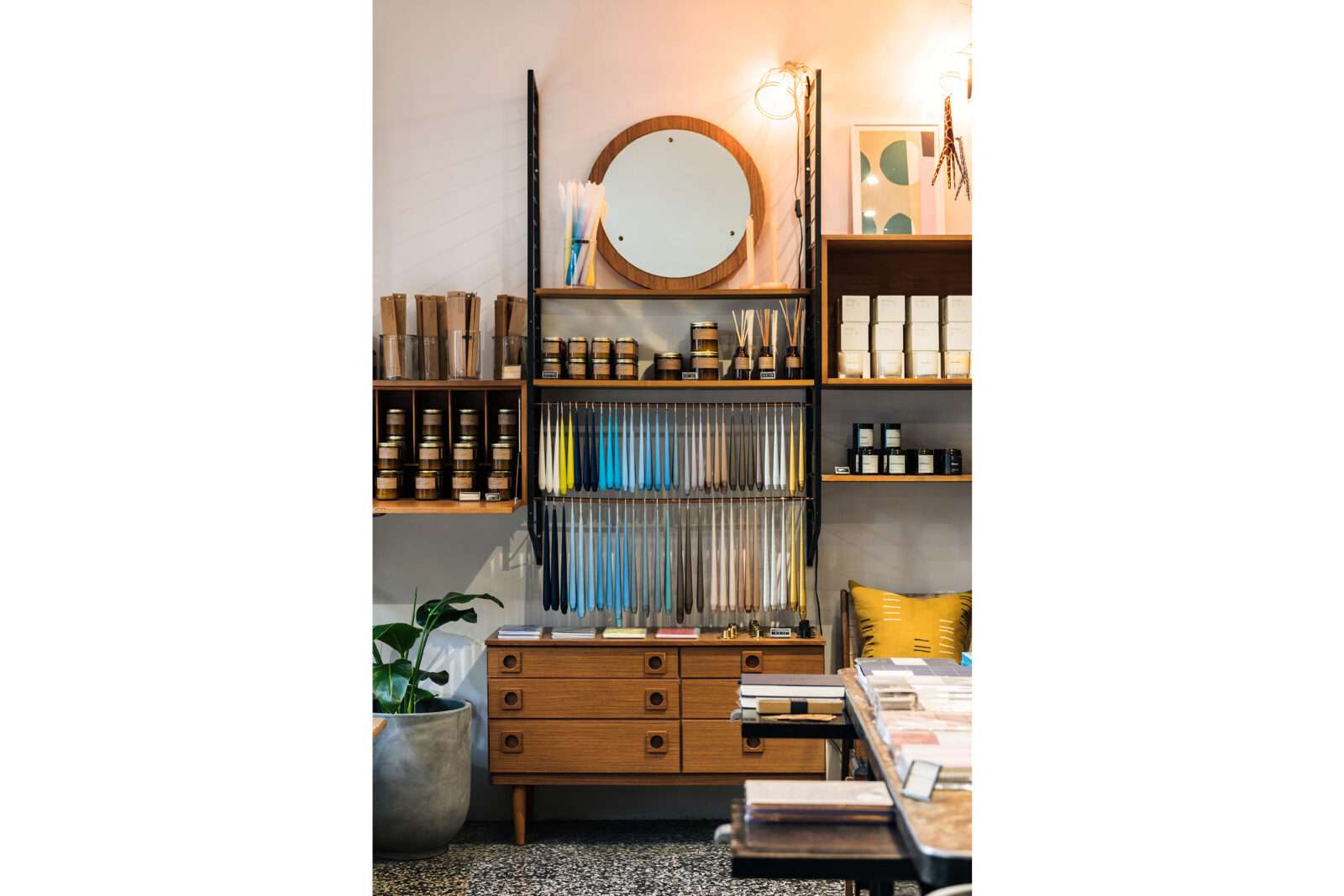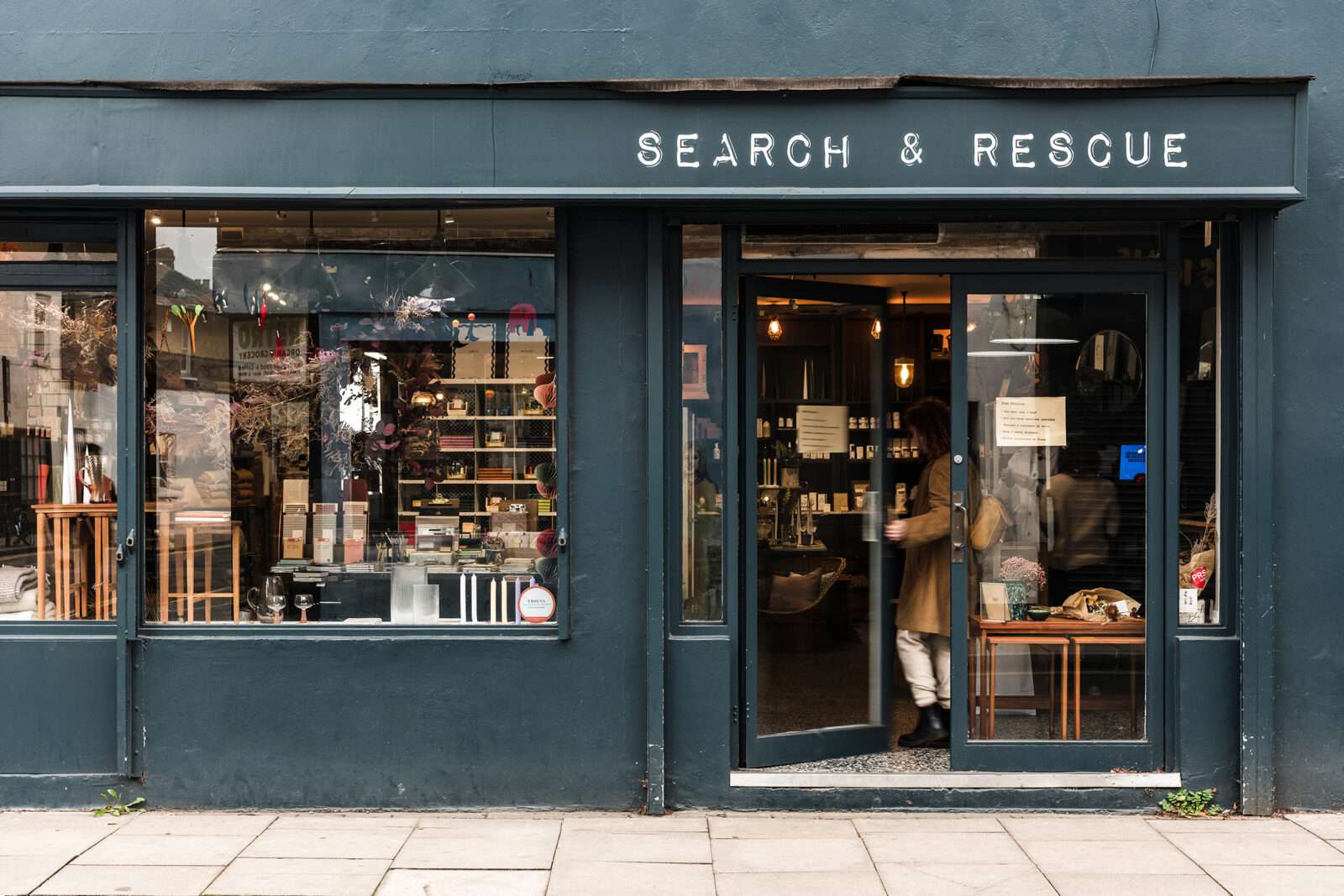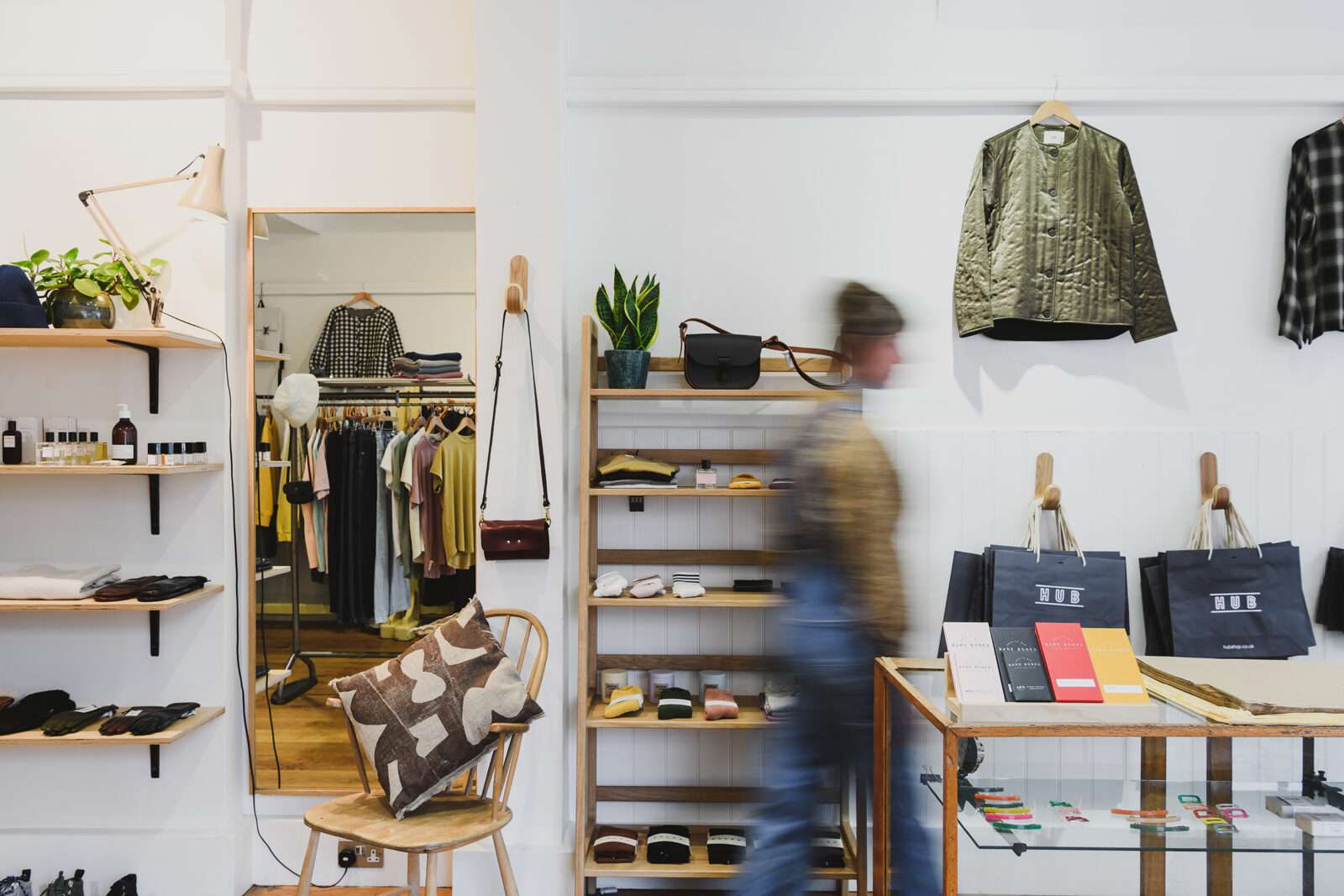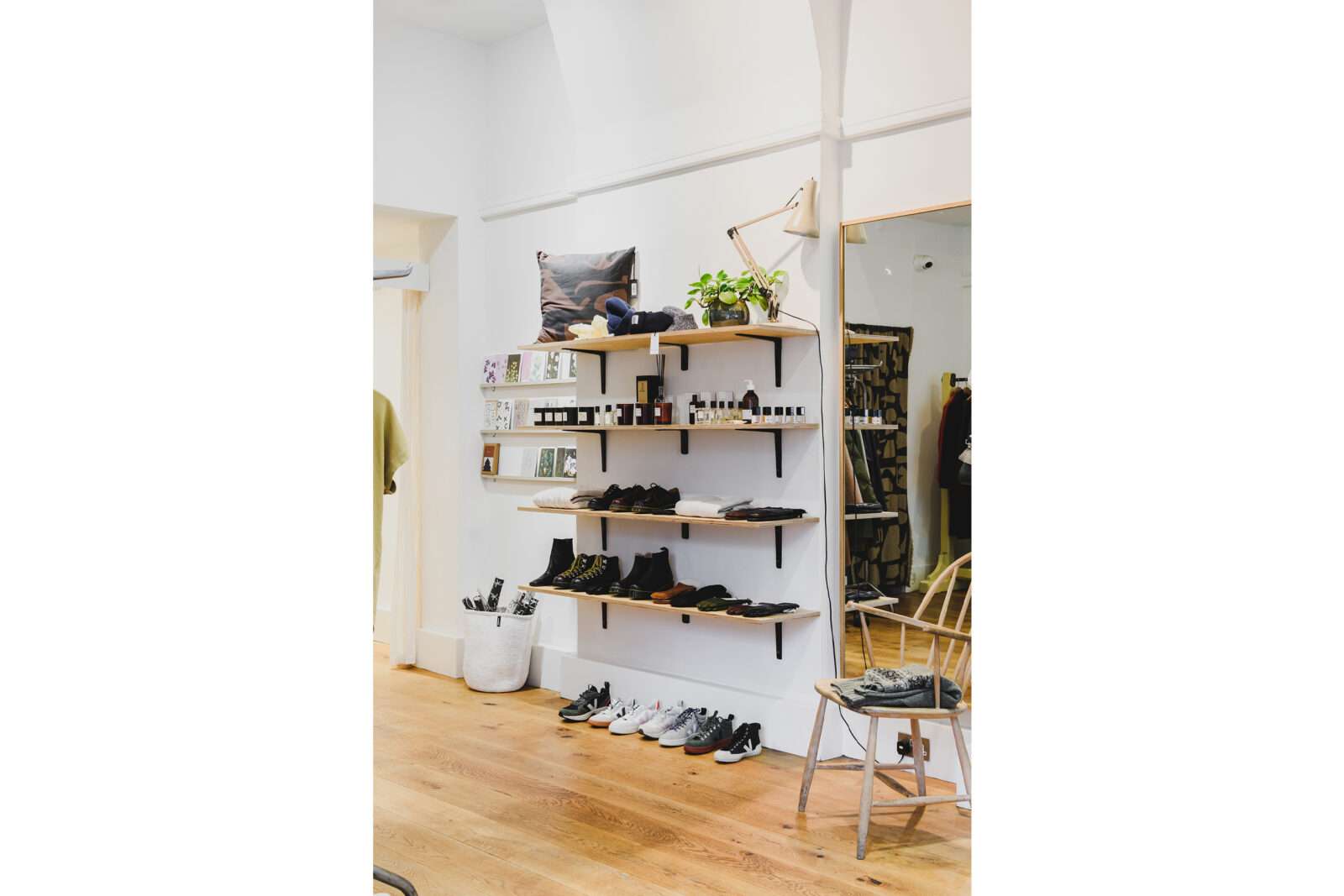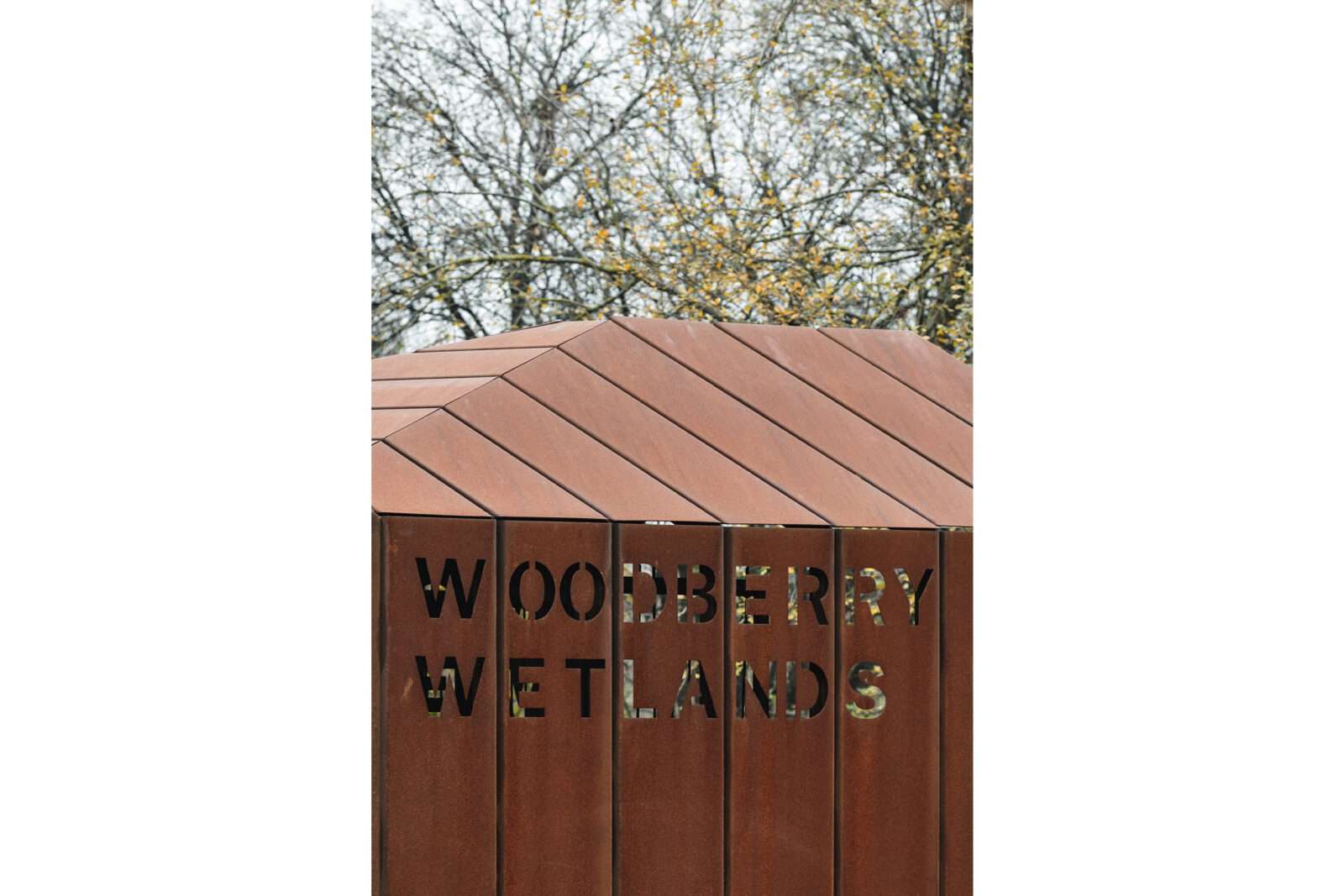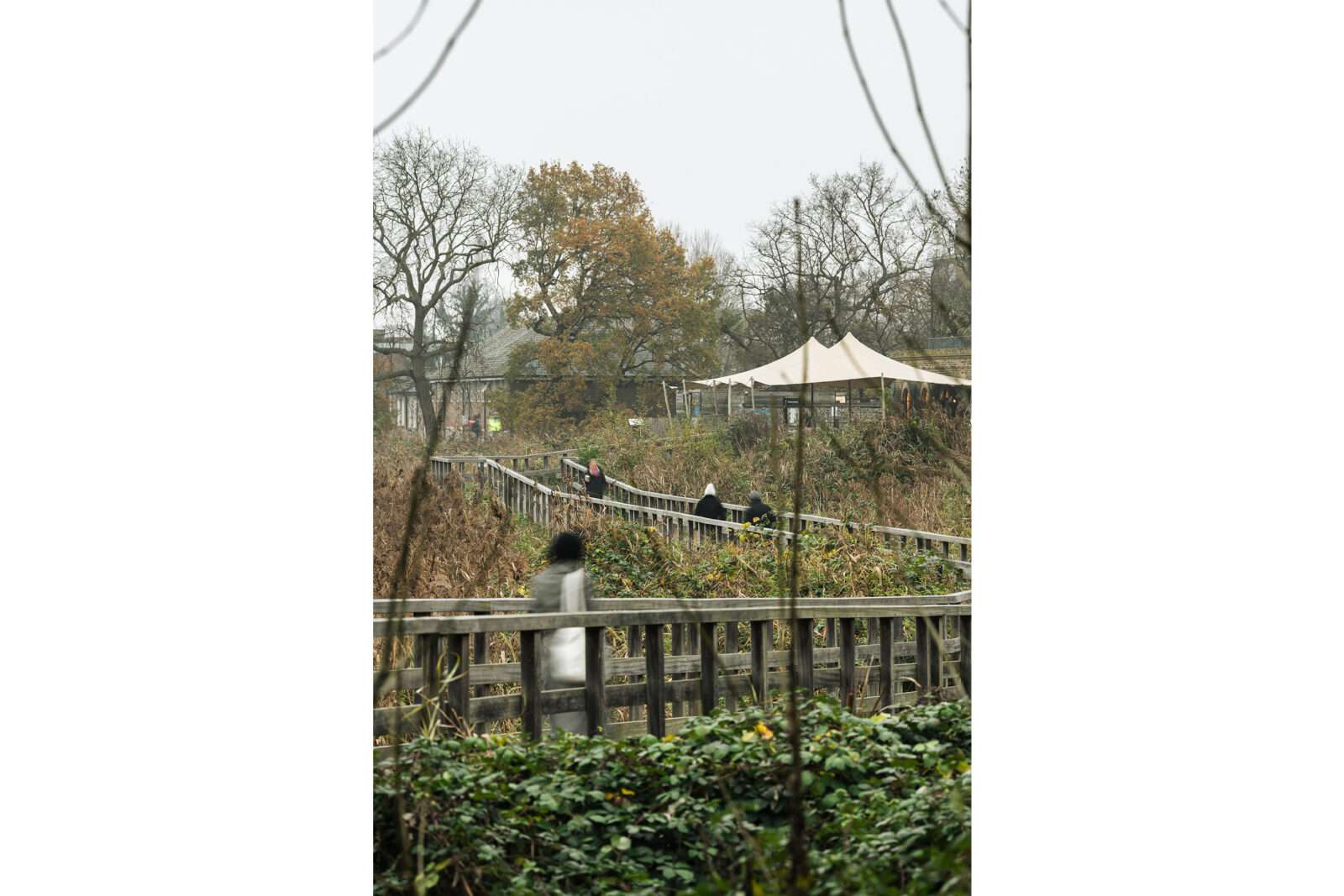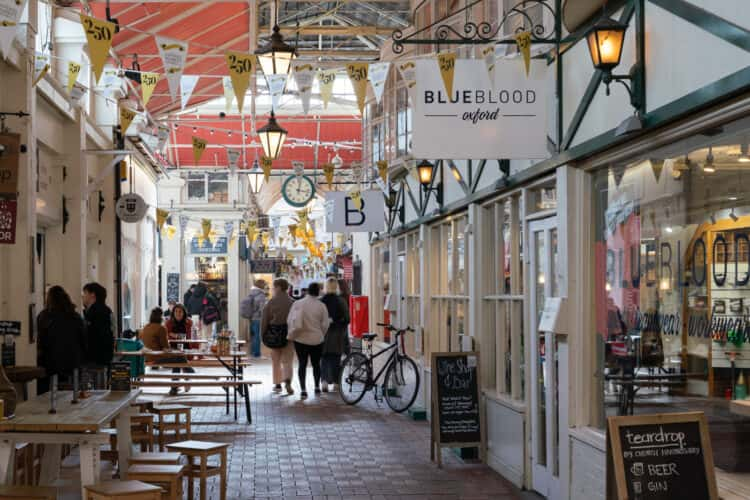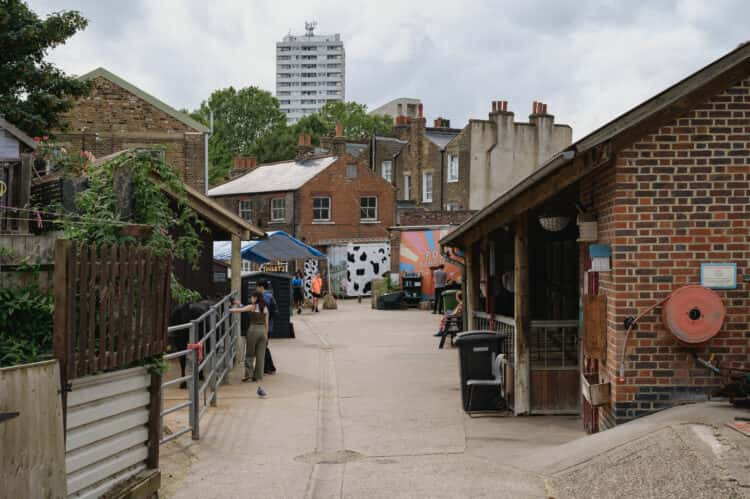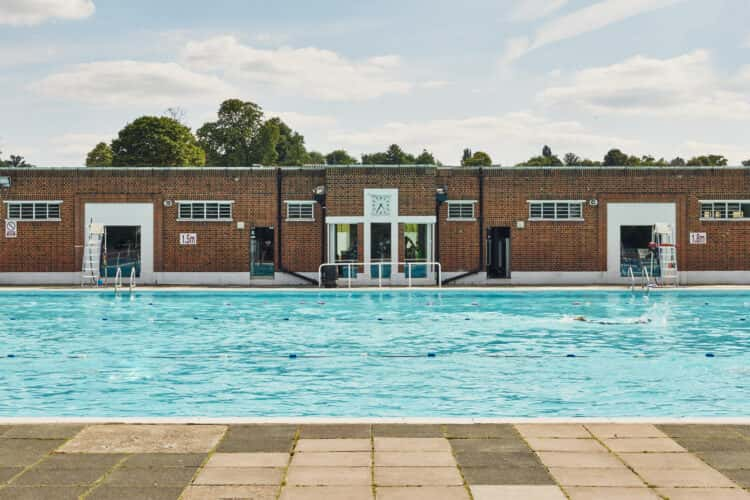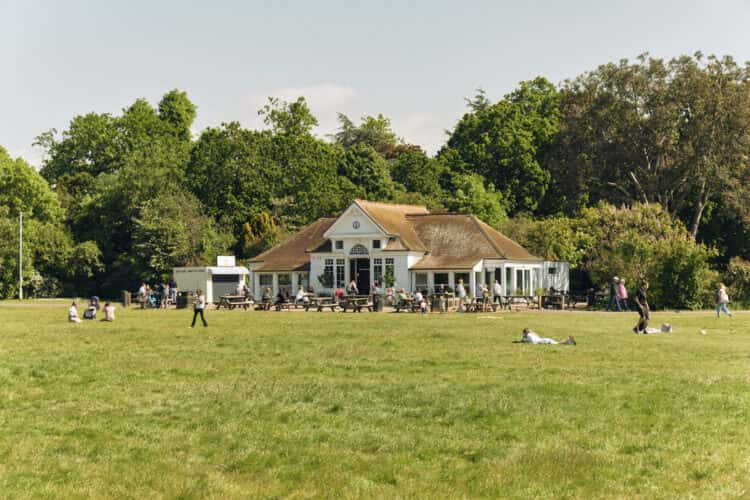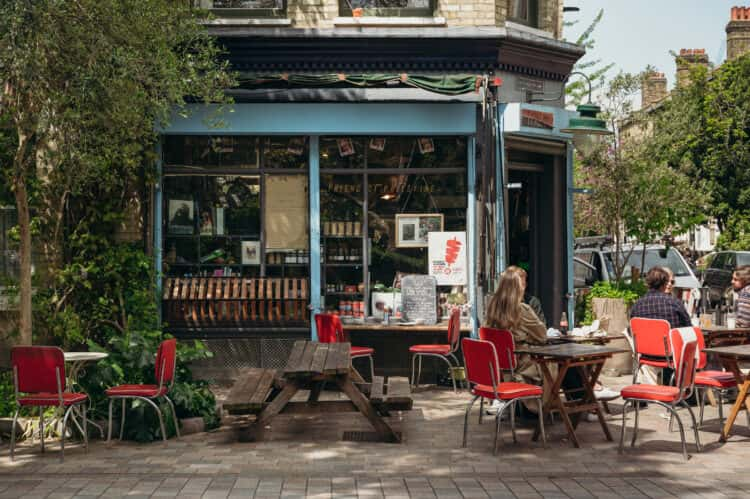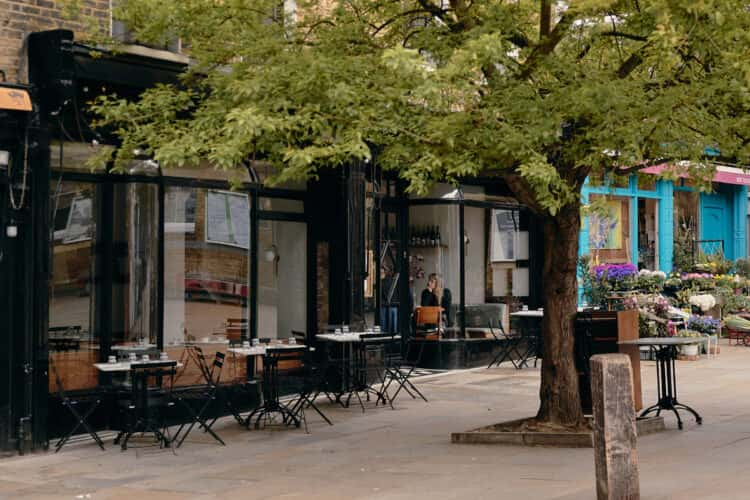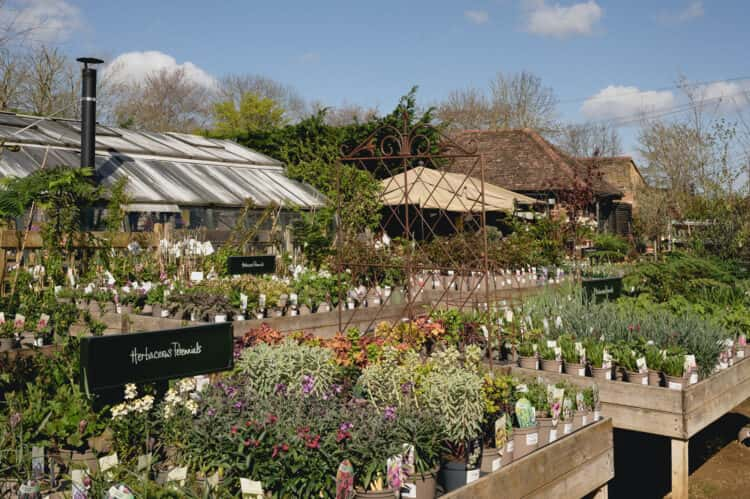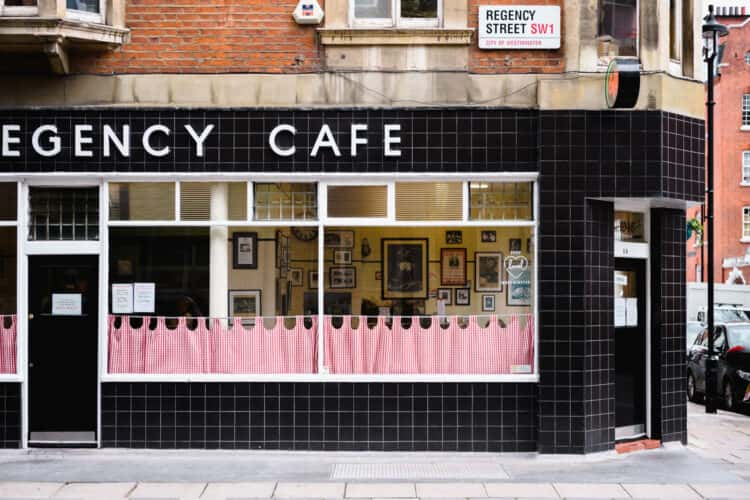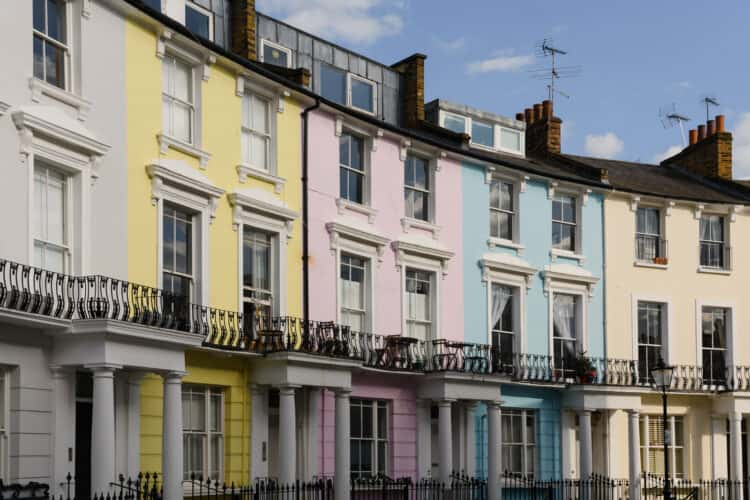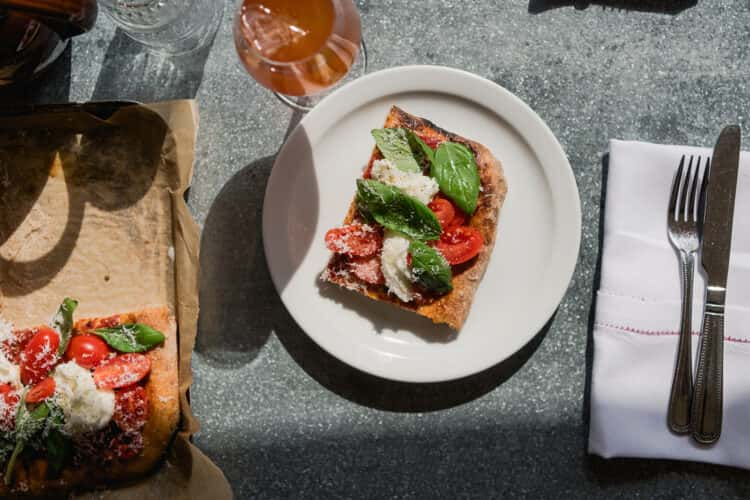The best of Stoke Newington and Newington Green
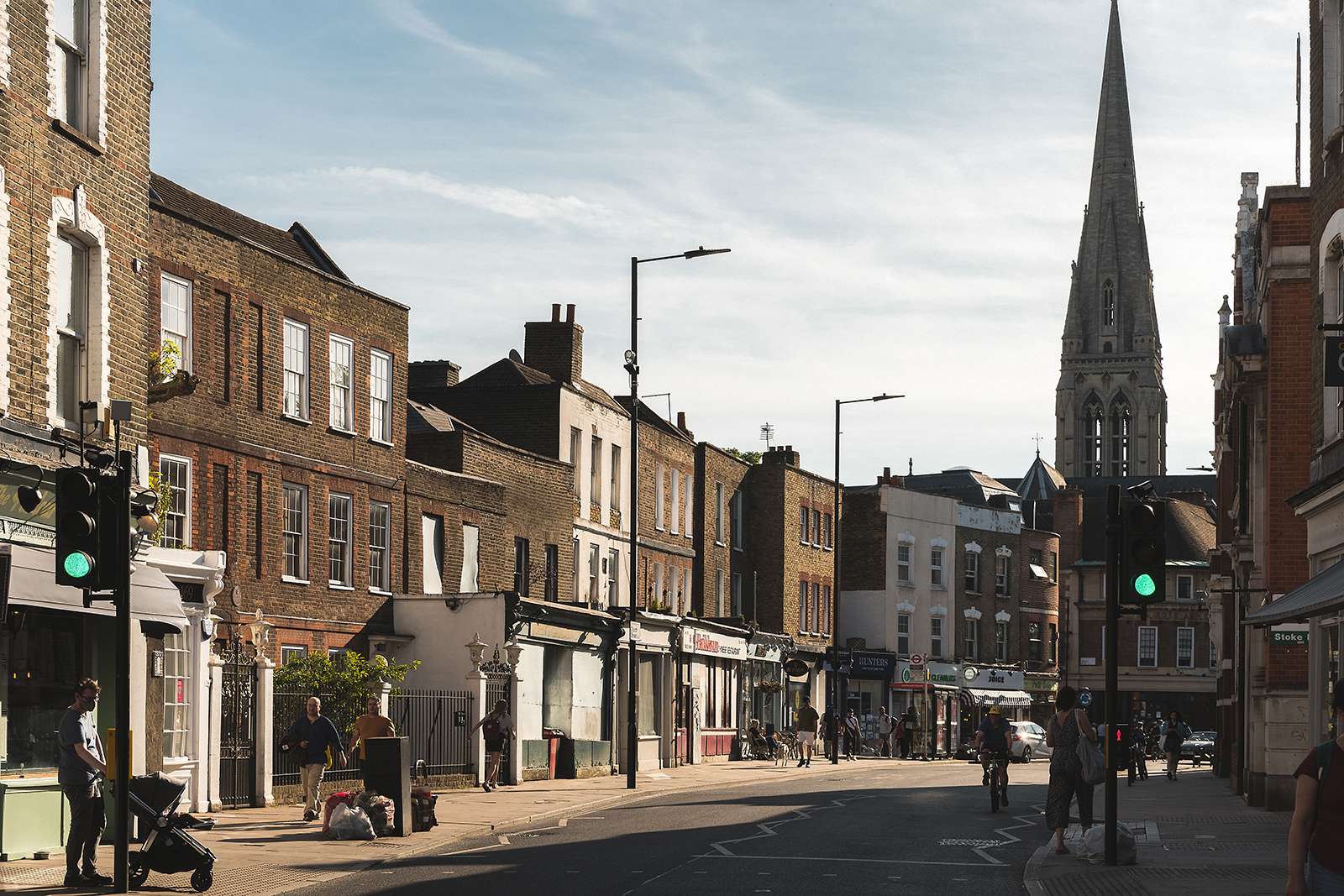
Stoke Newington (affectionately referred to as ‘Stokey’ by its residents) and Newington Green occupy the northwest corner of Hackney. Both areas command a strong feeling of community spirit, which, along with their housing stock, make them popular places in which to make a home, especially for young families who are drawn by the area’s spacious Victorian terraces and good primary schools (oh – and the Whole Foods).
Both neighbourhoods have anti-establishment sentiment embedded in their history: in the 1960s, Stoke Newington became the stomping ground for political radicals and bohemians; while Newington Green’s Unitarian Church was a centre for revolutionary thinking and social reform. Both areas have a village-like feel – especially around Stoke Newington’s Church Street and Newington Green itself – in part because they are not on the tube map (they are instead serviced by the Overground network).
SEE
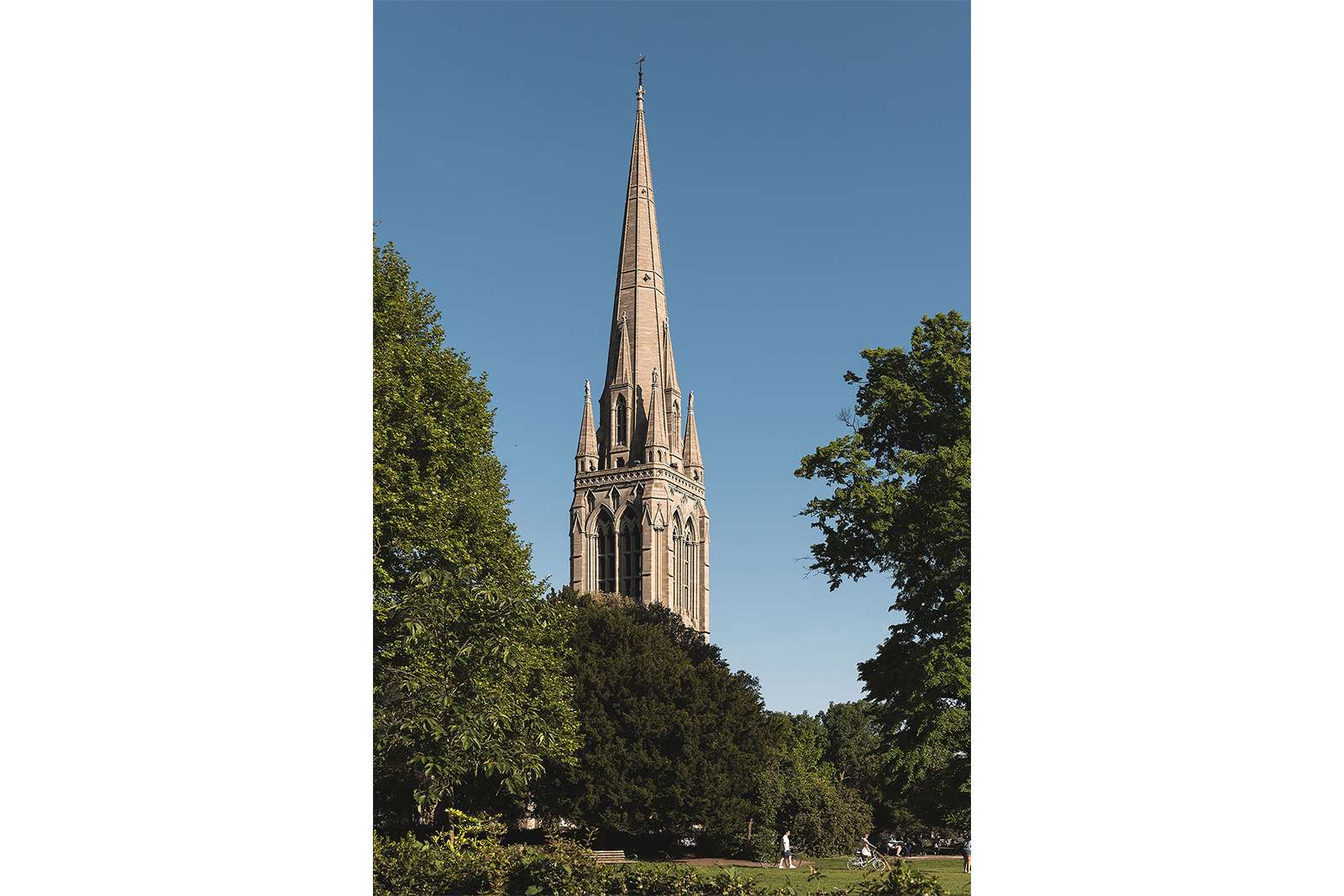
1. The Old Church and St Mary’s
The historic parish church is the only remaining Elizabethan church in London and rises high over Clissold Park. In Tudor times it was owned by St Paul’s Cathedral before it was sold to Lord of the Manor William Patten, whose initials can be seen inscribed above the doorway. By the 1850s, the church was no longer big enough to accommodate the growing local population, so St Mary’s Church was commissioned; a grander, Gothic-style church on the other side of the street, by Sir Gilbert Scott. It’s unusual that both churches still remain.
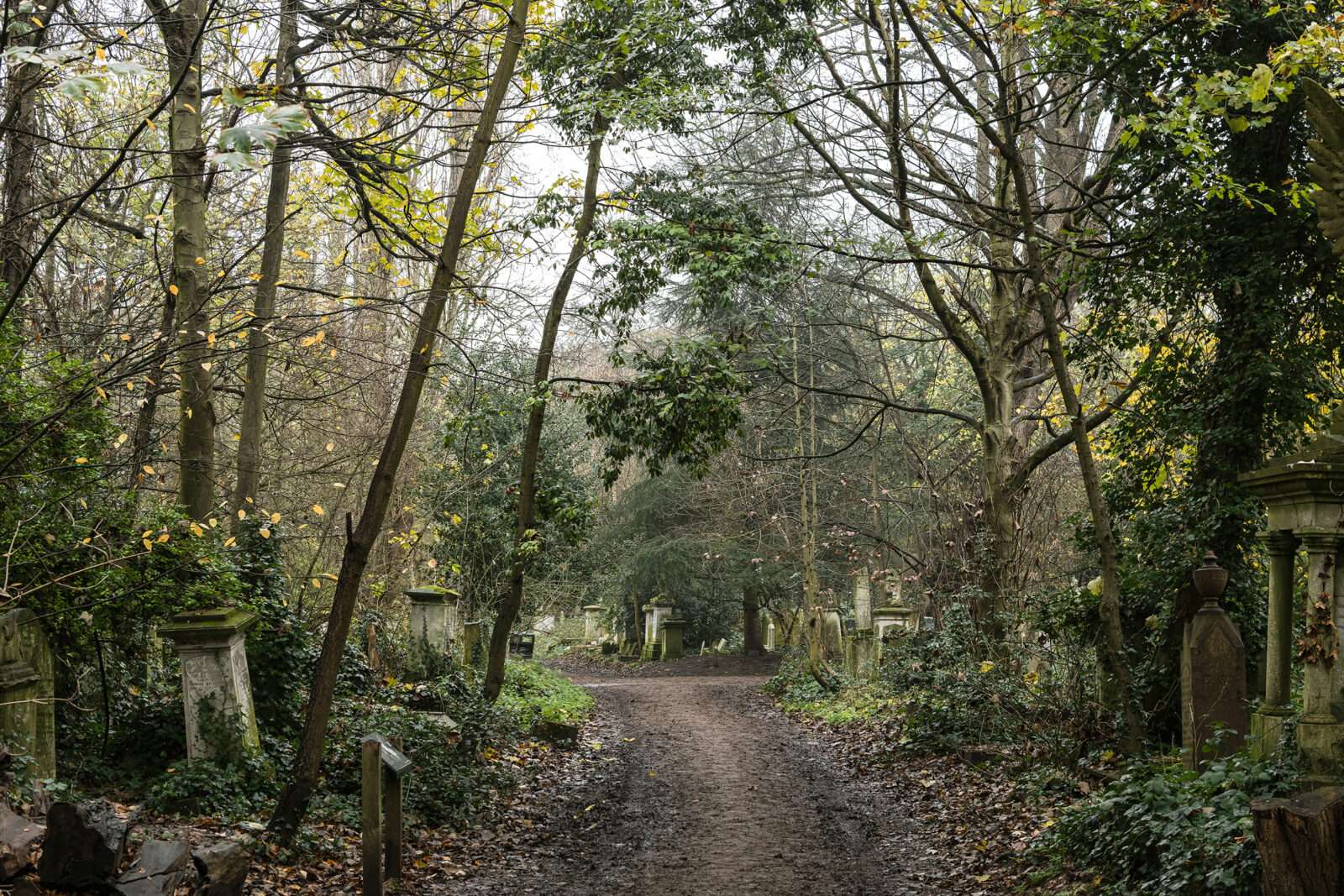
2. Abney Park Cemetery
The cemetery – named for local landowner Lady Mary Abney – is one of the ‘Magnificent Seven’, an unofficial designation given to 19th-century private cemeteries in London. It became the foremost burial ground for religious dissenters, and has a non-denominational chapel, designed by William Hosking, at its centre. William and Catherine Booth, founders of the Salvation Army, are buried here. The cemetery is also a private nature reserve, with more than 2,500 varieties of plants.
3. Stoke Newington Town Hall
The 1930s curved brick and Portland stone town hall on Church Street is one of the finest examples of art deco design in the area. It’s a popular wedding venue: the interiors feature mahogany furniture, walnut panelling, marble features and one of Europe’s largest working mirrored disco balls (yes, really).
4. Newington Green
It’s veritably steeped in history: on the west side is London’s oldest brick terrace (numbers 52-55), dating back to 1658. On the northern side stands the peach-toned Newington Green Unitarian Church, where early feminist philosopher Mary Wollstonecraft had her political awakening.
On the Green itself, you’ll find ‘A Sculpture for Mary Wollstonecraft’, a naked, silver female seemingly emerging out of warped organic matter. The piece, designed by artist Maggi Hambling and unveiled in 2020, sparked much controversy around whether or not art celebrating feminism should have done so with a naked female form. You can make up your own mind on the issue while ordering a coffee from Lizzy’s on the Green, a much-loved kiosk turning out baps and toasties. Yield (for cheese and organic wine) and Jolene (for fresh-baked bread), also on the Green, are worthy pit stops.
EAT
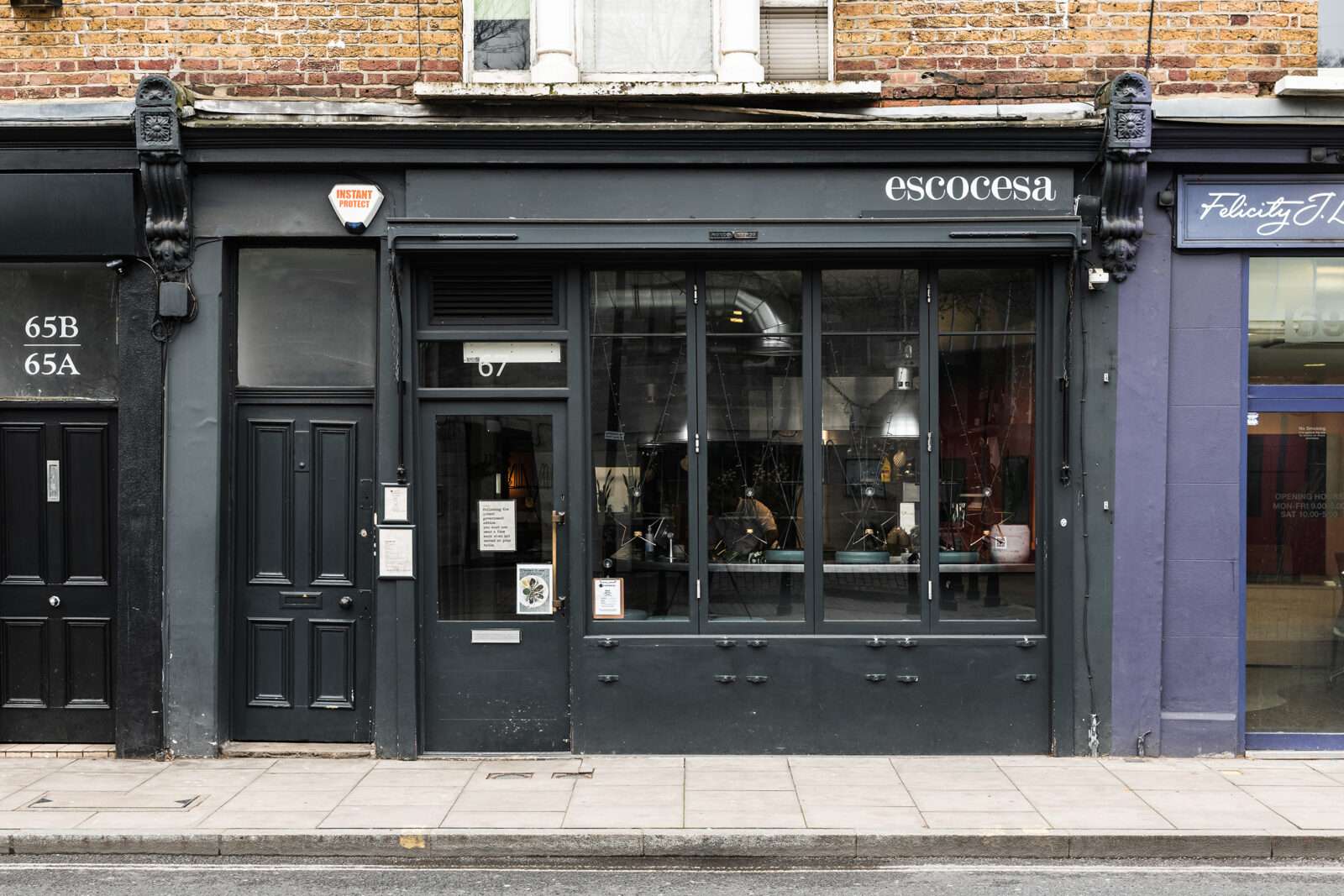
5. Escocesa
It’s all in the name: a tapas bar whose seafood is sourced from Scotland (‘Escocesa’ meaning Scotland in Spanish). Its owners have worked at some of the biggest-name restaurants on the Spanish culinary scene: Asador Etxebarri, Arzak, Barrafina, Moro. It’s a classic taparía: pan con tomate, tortilla, jamon iberico, patatas bravas, plus plenty of seafood, such as grilled octopus, sardines with chorizo and ceviches. All of this, combined with glasses of vermouth, the metal-topped bar and the buzzy theatrics of the chefs behind the open kitchen, and you could almost be in Madrid. On weekends you can order ahead for paella; on Sundays, they also do £1 oysters.
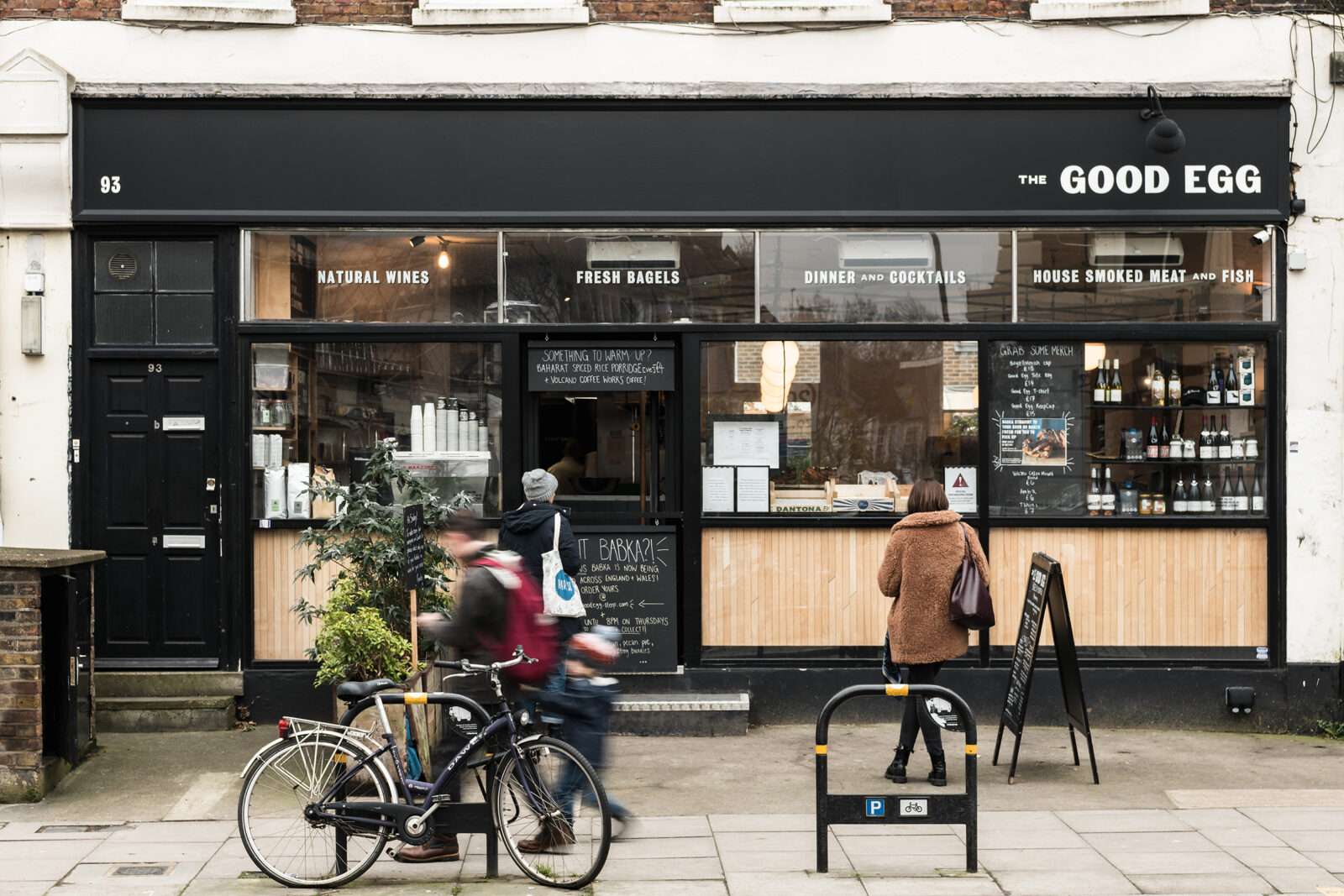
6. The Good Egg
A neighbourhood joint inspired by classic Jewish delis of America, with a menu made up of Tel Avivian classics mixed in with a few family recipes from the owners (the babka has been passed down three generations). It garners queues around the block for its all-day brunch, the likes of egg and cheese challah buns, spicy shakshuka, labneh with fluffy pita and za’atar fried chicken. Even in lockdown, queues formed for its takeaway Montreal bagels.
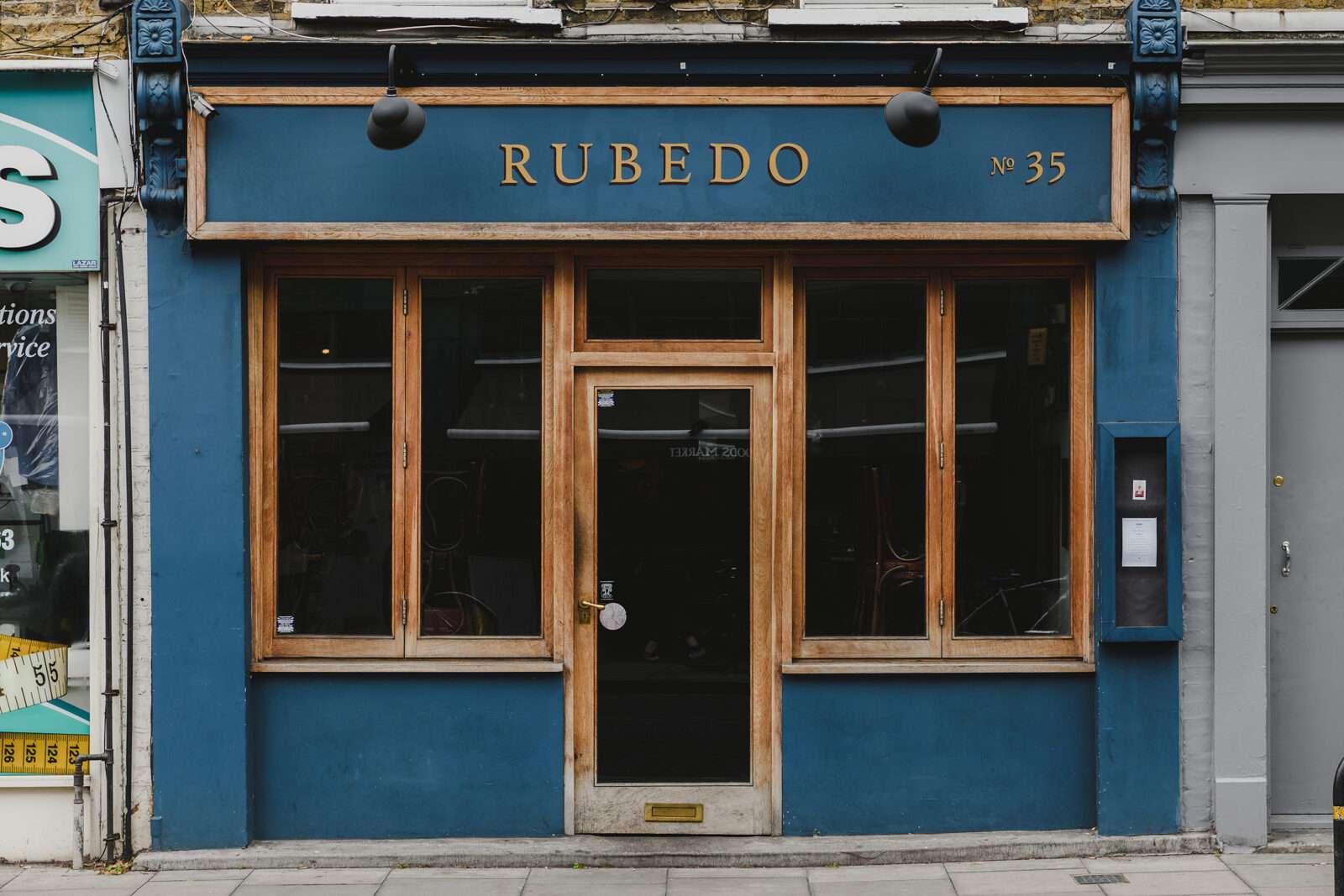
7. Rubedo
An Italian bistro and biodynamic wine bar. The dishes – all based on what’s available seasonally – are chalked up on a board: perhaps a battered salt cod, a bavette steak or homemade cavatelli or gnocchi with fresh veg. In summer, the huge windows are thrown open and people drink on the street in front of the restaurant; in winter, those same windows steam up and inside it’s cosseting and cosy by candlelight.
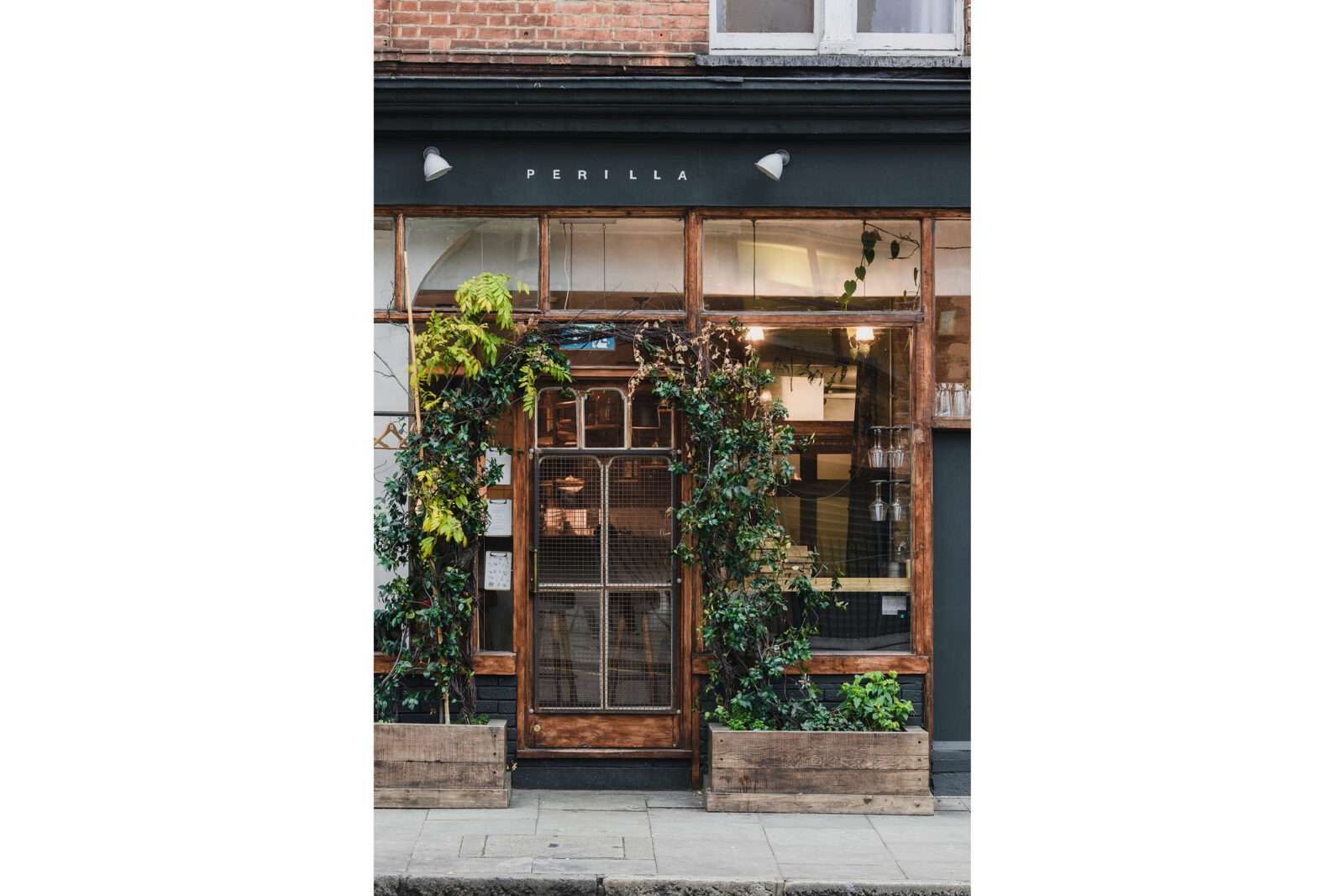
8. Perilla
Although it describes itself as ‘casual’, and while its dining room is a lesson in plaster-and-timber-lined restraint, Perilla’s short menu is anything but. It’s experimental but homely cuisine from notable chef Ben Parks (who spent time working at Noma): the likes of gurnard fried in beef fat with ‘chip shop curry sauce’, roast cod with ‘cuttlefish bolognese’, and roast hen with Jerusalem artichoke. The seaweed bread is not to be missed.
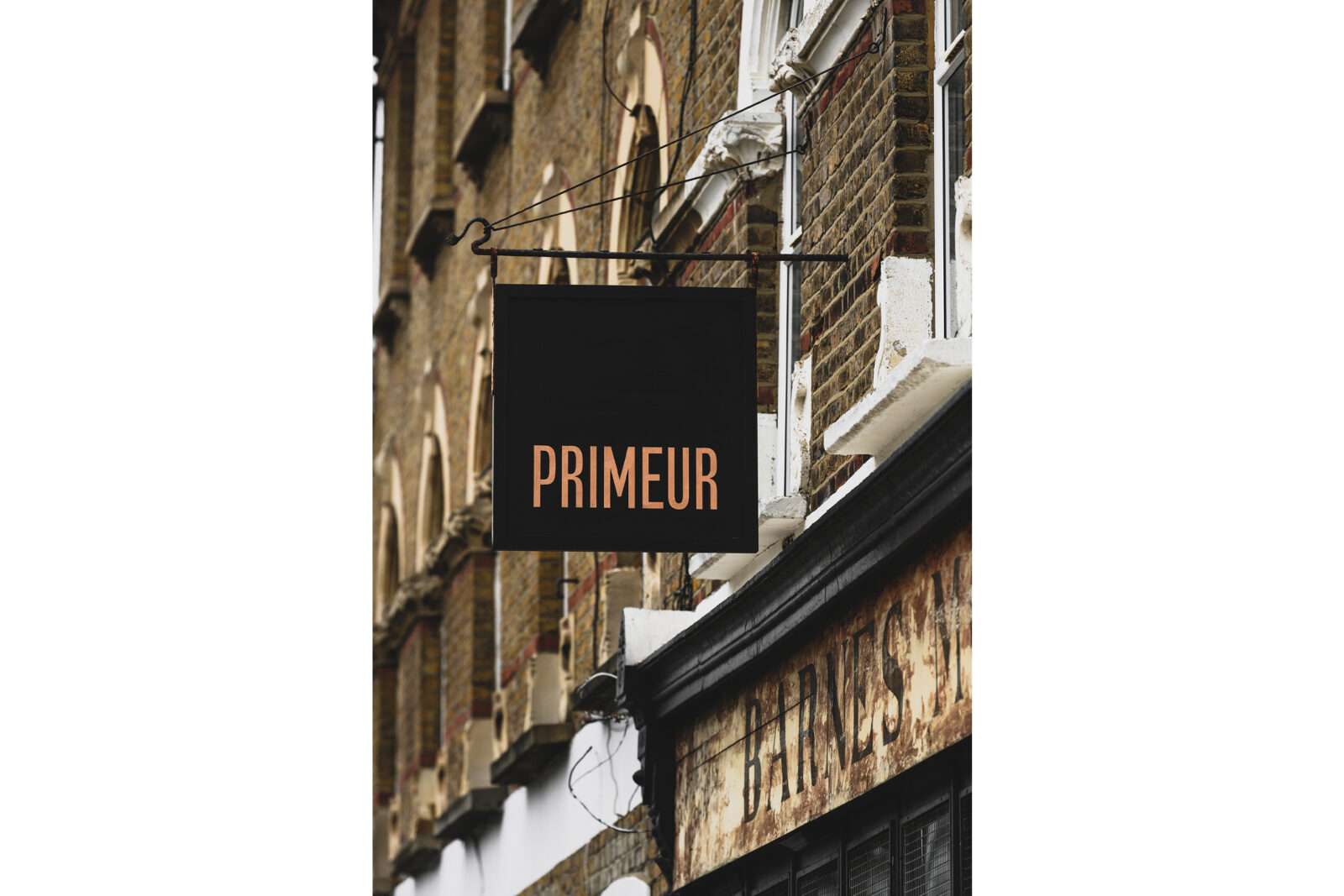
9. Primeur
A neighbourhood French bistro located in Barnes Motors, a former mechanics garage whose sign still hangs above their concertina doors. In summer, these fold back to reveal long, communal tables and mustard-leather chairs. The ever-changing menu might include braised lamb shoulder with ‘boulangerie’ potatoes, monkfish with rice, ink and aioli, and an unrivalled chocolate mousse. The wine list rotates through what’s available from its 100-bin cellar and features lots of natural options.
10. Farang
Farang is the creation of chef Seb Holmes, a self-confessed ‘farang’, or foreigner, in Thai. It began as a pop-up in what was once his stepfather’s Italian restaurant. Three years later, it’s still there (right down to the incongruous blue-checked tablecloths). The menu is fiery, flavoursome and unforgettable: jungle curry with Yorkshire venison, Cornish cod spring rolls served with coconut chilli jam and the must-order whole crispy seabass with sour fruit salad in lime and mandarin chilli nahm yum. Mop it all up with the turmeric, buttered roti – arguably one of the best things on the menu.
SHOP
11. Search and Rescue
Everyone needs a shop where you can rely on finding a decent, last-minute gift, and for local residents, that shop is Search and Rescue. Pick up pretty glassware and ceramics, well-sourced stationery, boutique skincare, beautiful books and tapered candles in every colour of the rainbow. It is stocking filler paradise.
12. Hub
Womenswear fashion store Hub focuses on functional everyday dressing, and its edit – made by its owner sisters – comes from all over the world. Ganni and Stine Goya dresses share rails with Folk knits and cotton basics from Colourful Standard.
13. Array
Array is on the site that once housed Hub menswear. You can expect a similar cut of brands (the owner was the former buyer for Hub’s male edit): the likes of Kestin, Folk, Portuguese Flannel and YMC, with some homewares thrown in for good measure.
14. Inneoss
A celebration of sustainable, small-batch fashion. Come here to find ready-to-wear brands you might not have heard of before: silk bags with bamboo handles by Home of Hai and elegantly structured dresses by Voranida. They also have a beautiful edit of jewellery designers, with gold hoops by Aurum and handmade beaded flower earrings by Sisi Joía often gracing the window displays.
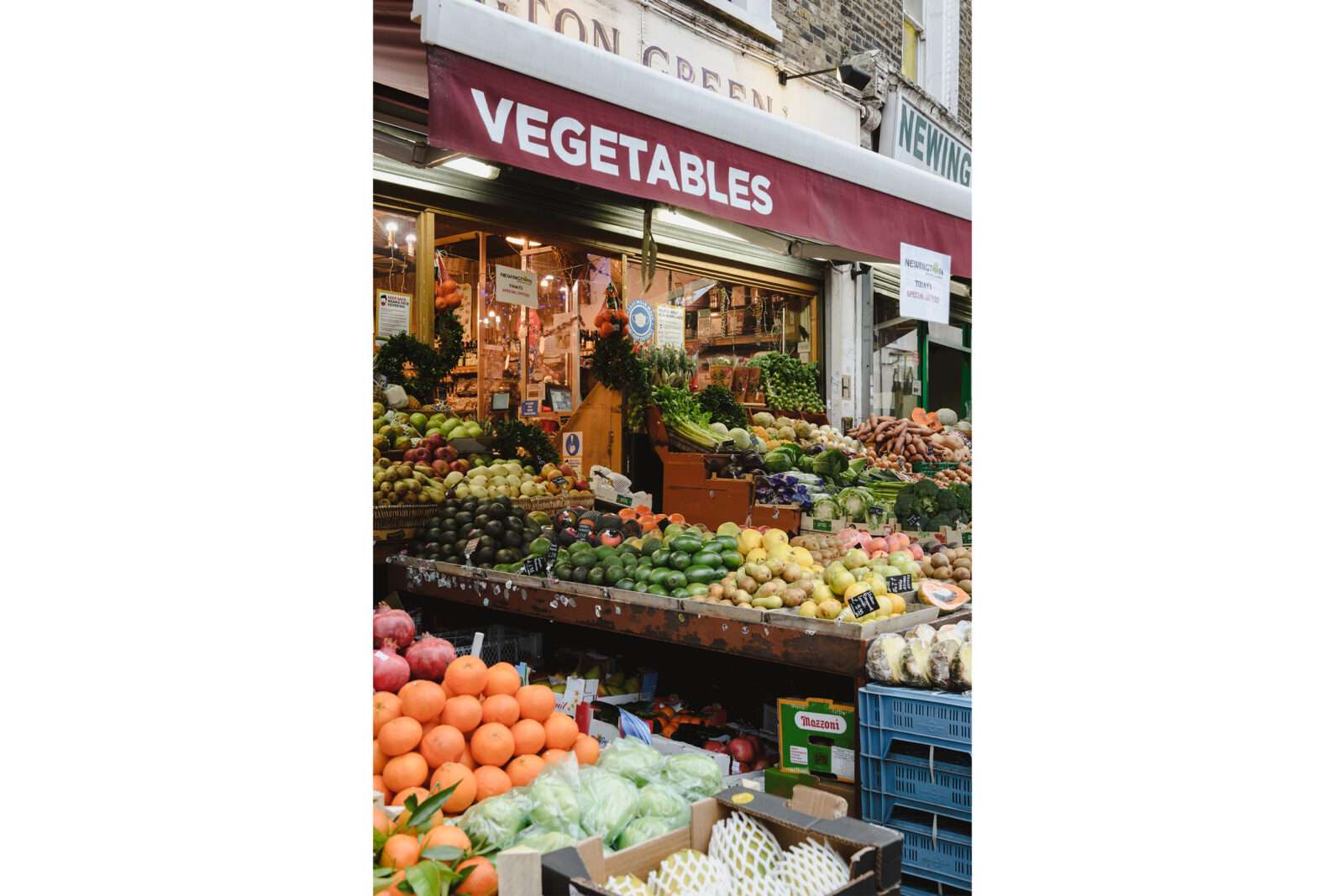
15. Newington Green Fruit and Vegetables
Is this the best greengrocer in London? Possibly. Its streetside crates, stacked high with polished and vibrant fruit and veg, have even caught the attention of British Vogue. It’s the sort of place where there might be 20 types of tomato at any one time, and there’s always a queue. Lots of the produce is British-sourced, but they get tropical specialities too: if you’re after a rambutan, it is likely you will find it here.
DO
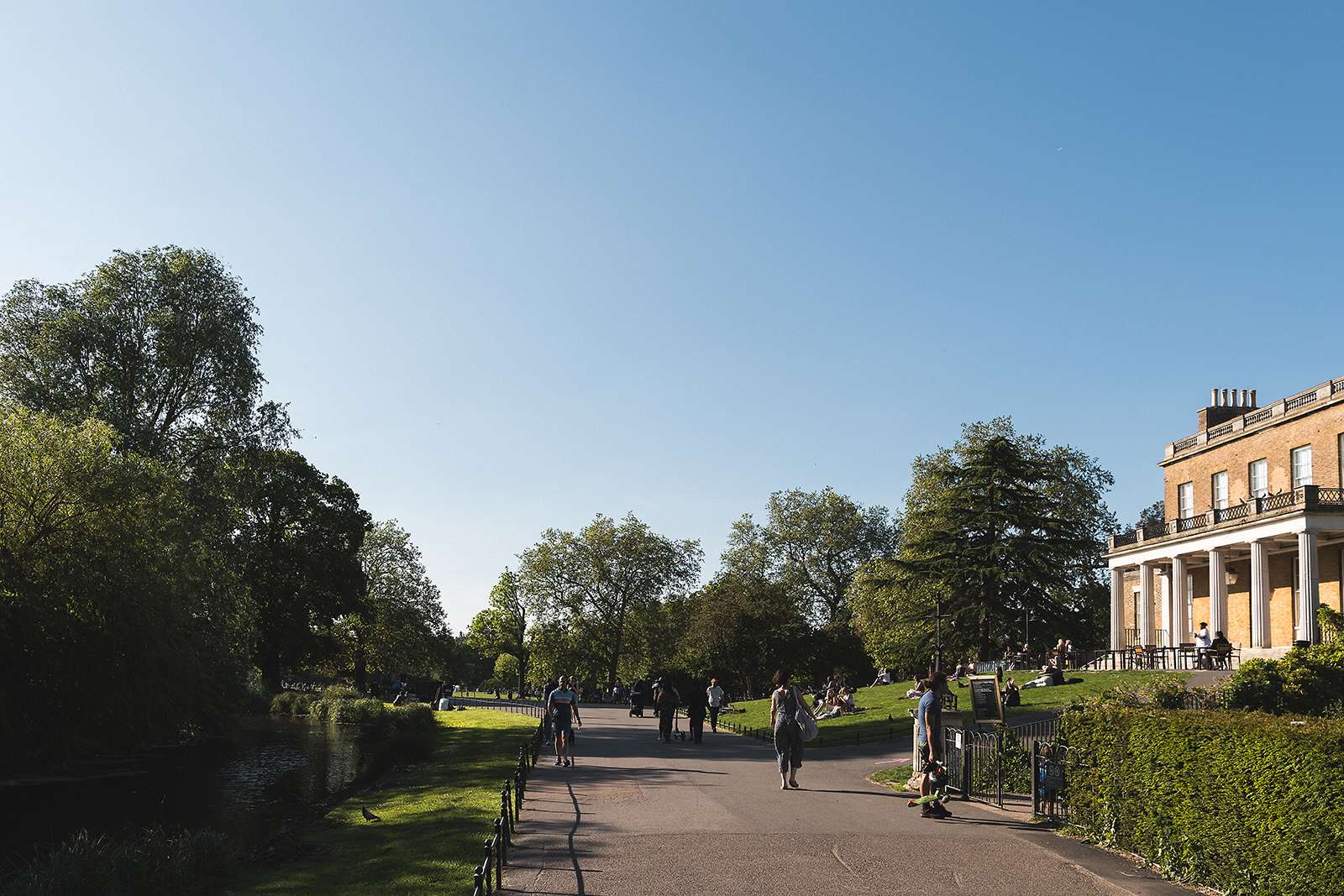
16. Clissold Park
A compact park that packs a punch: it’s home to an aviary, menagerie, ponds, tennis courts (check out the contemporary, sustainably designed pavilion), a skate park, children’s playground and paddling pool. Its eastern side is home to the Grade II-listed, collonaded Clissold Mansion, built in the 1790s for a local Quaker.
17. Woodberry Wetlands
A 12-hectare conservation site, formerly a working reservoir, which is now a thriving habitat for migratory birds (it was opened by David Attenborough in 2016). You can see waterfowl, grey heron, tufted duck and kingfisher, among others, from the boardwalk around the East Reservoir. The Coal House Café has a roof terrace with views.
18. West Reservoir Centre
The West Reservoir of the wetlands has been converted into an outdoor swimming spot and sports centre, which is operated by Better. Activities include (year-round) open water swimming, sailing and kayaking. The 1930s red brick Main Tower, overlooking the water, is a popular place for events.
